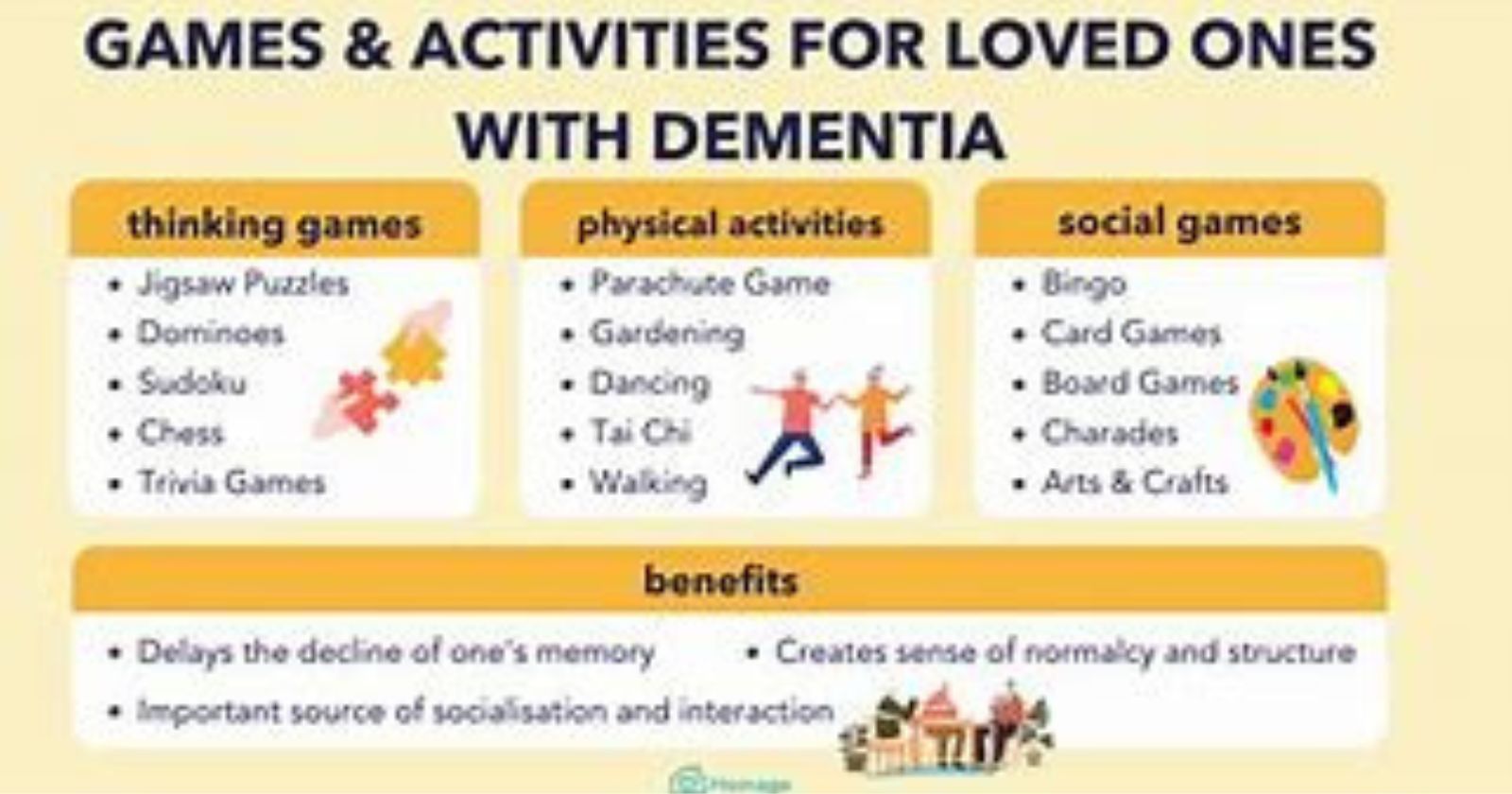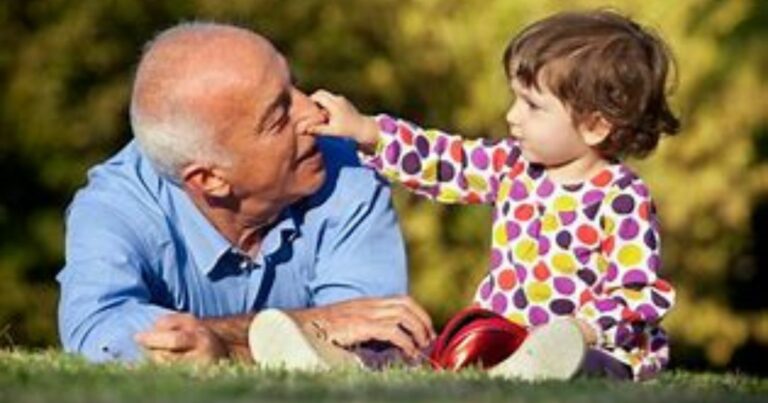How To Help Elderly Start A Walking Group
The prime objective is exercise for an elderly
The sunlit path before me, speckled with shadows from the overhanging trees, often reminds me of the journeys we embark upon – sometimes alone, sometimes accompanied. Beginning a walking group in your community isn’t merely about the physical act of walking; it’s a proactive step towards wellness, connectivity, and fostering a spirit of collective health. Leveraging my years of involvement in facilitating elderly independence, I, Ed, share insights into not just initiating, but thriving, in establishing a walking group that serves as a beacon of community and support.
AARP Tool Kit: Walking group tool kit. Tips, tools and resources for organizers (aarp.org)
Starting A Walking Group In Your Community: The Benefits Of Walking Together With A Group?
Starting A Walking Group In Your Community: Define Your Purpose and Goals

Before you start your walking group, it’s important to have a clear understanding of why you’re doing it. Are you primarily interested in promoting fitness, creating social connections, or achieving a mix of both? Define the group’s objectives, such as improving physical health, reducing stress, or fostering a sense of community.
Starting A Walking Group In Your Community: Identify Potential Members

Reach out to potential members within your community. You can start by talking to neighbors, friends, and acquaintances who might be interested. Use various communication channels like social media, community bulletin boards, or local newsletters to generate interest. Consider organizing an initial meeting or event to introduce people to the idea of the walking group.
Starting A Walking Group In Your Community: Choose a Convenient Location and Schedule

Select a walking location that’s easily accessible to your group members. It could be a local park, a scenic trail, or even a designated walking route within your neighborhood. Ensure that the chosen location is safe and well-lit, especially if you plan to walk in the early morning or evening. Establish a regular schedule for your walks, whether it’s daily, weekly, or monthly. Consistency will help members plan and commit to the group.
Starting A Walking Group In Your Community: Set Guidelines and Rules

Create a set of guidelines and rules for your walking group to ensure that everyone has a positive and enjoyable experience. Some common rules might include:
- Punctuality: Emphasize the importance of being on time for scheduled walks.
- Safety: Encourage members to wear appropriate footwear and clothing and stay hydrated.
- Behavior: Promote respect and courtesy towards fellow walkers, as well as any rules specific to your location, such as leash laws for dogs.
- Decision-Making: Clarify how decisions will be made within the group, such as choosing walk routes or scheduling special events.
Starting A Walking Group In Your Community: Promote Your Group

Spread the word about your walking group to attract new members. Create eye-catching promotional materials like flyers or posters with essential details such as the group’s purpose, schedule, meeting point, and contact information. Use social media platforms, community websites, and local newspapers to advertise your group. Encourage your existing members to invite their friends and family to join, as word-of-mouth referrals can be highly effective.
Starting A Walking Group In Your Community: Plan and Execute Your First Walk

Organize and lead the first walk yourself, or appoint a member to do so. Plan the route, meeting point, and any additional activities or icebreakers that can help participants get to know each other. During the walk, take the opportunity to introduce members, create a welcoming atmosphere, and facilitate conversations to build connections within the group.
Starting A Walking Group In Your Community: Encourage Participation and Engagement

To maintain interest and engagement, schedule regular walks and consider organizing special events or challenges, such as themed walks or distance goals. Foster a sense of community by creating opportunities for members to share their experiences, challenges, and successes. Encourage active participation and consider setting group goals to motivate everyone to keep walking.
Starting A Walking Group In Your Community: Adapt and Evolve

Stay open to feedback from your group members. Listen to their suggestions and be willing to adapt the group’s activities, schedule, or format to better meet their evolving needs and preferences. Encourage members to take on leadership roles within the group, such as planning walks or organizing events. This sense of ownership can boost engagement and the group’s overall success.
Frequently Asked Questions
How do you promote a walking group?
Notice boards.
Community Centers.
Shops and Supermarkets.
Libraries.
At Local Events.
At Local groups, go along and advertise your walks.
Email or go to local organizations and ask them to put up your poster.
Local and community newsletters.
What should be done when walking in groups?
Tips for organizing a walking meeting
Bring a small notebook and pen to take notes or utilize your technology.
Make sure you have a way to track time. Keep meeting on track and on time.
Prepare an agenda and think through items that will work well with walking, ie brainstorming, problem solving, etc.
Click Here for another way an elderly can exercise.
Starting A Walking Group In Your Community: Conclusion:

Starting and maintaining a walking group in your community can have far-reaching benefits, including improved physical health, enhanced social connections, and a stronger sense of belonging. By following these steps and fostering a welcoming and inclusive atmosphere, you can create a thriving walking group that positively impacts both individual participants and the community as a whole. Remember that the key to a successful walking group is dedication, communication, and a commitment to the shared goals and values of the group. So, gather your community, put on your walking shoes, and take those first steps toward a healthier, more connected neighborhood.






